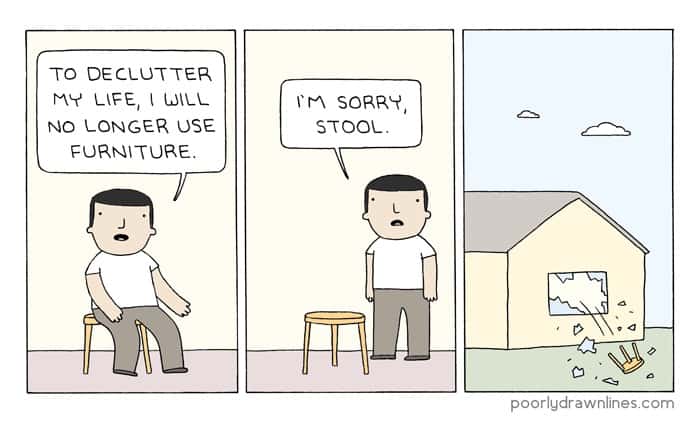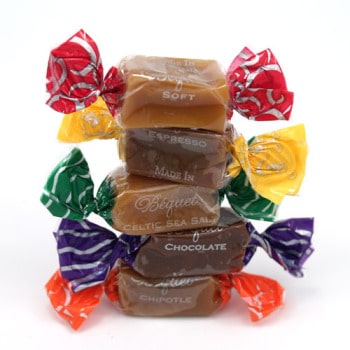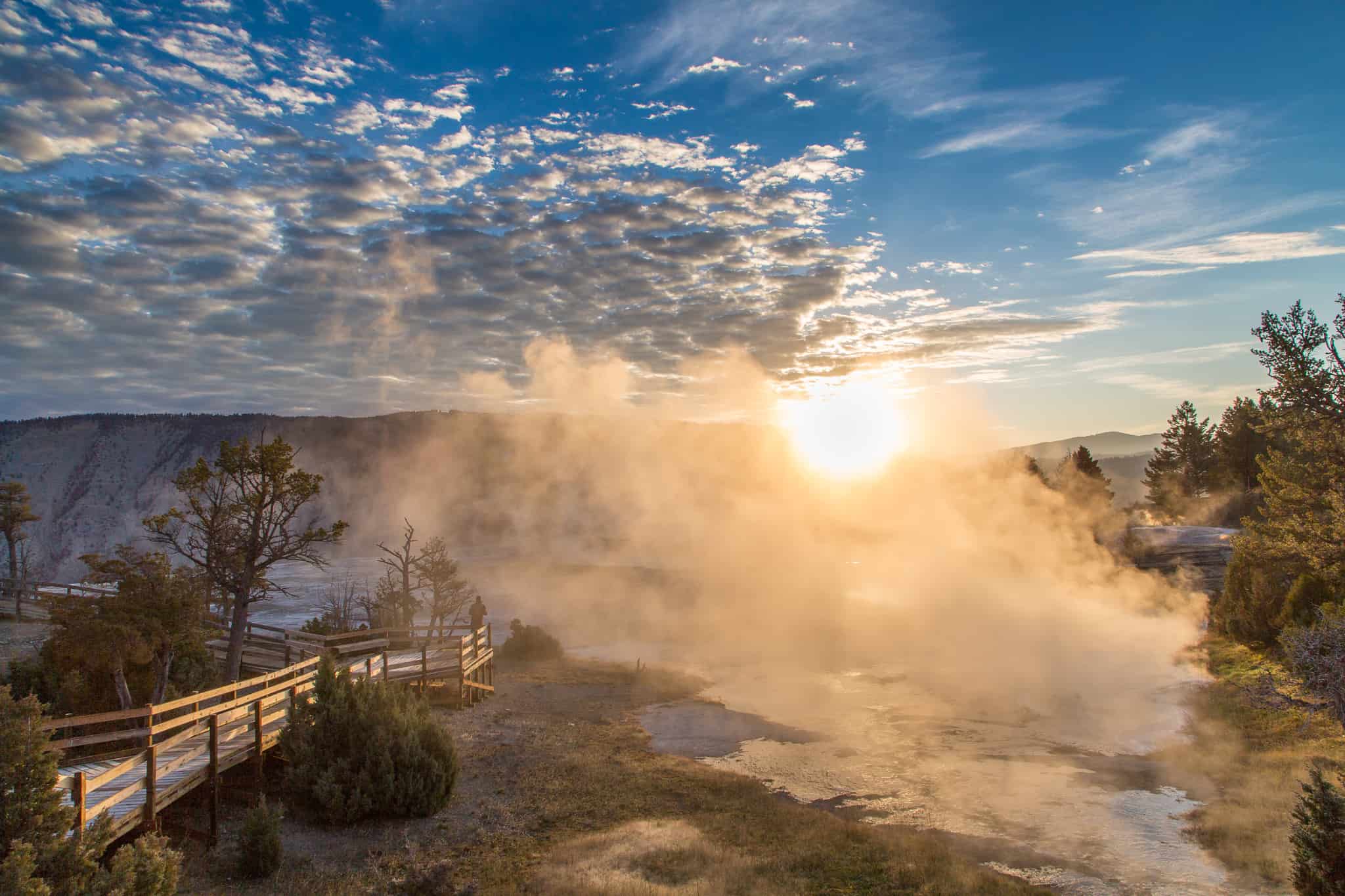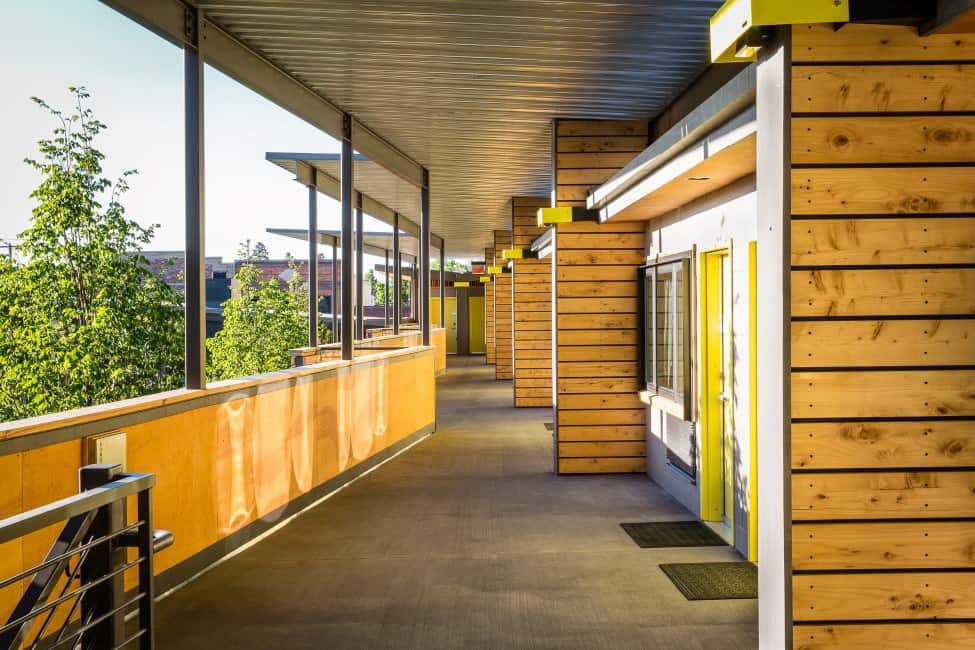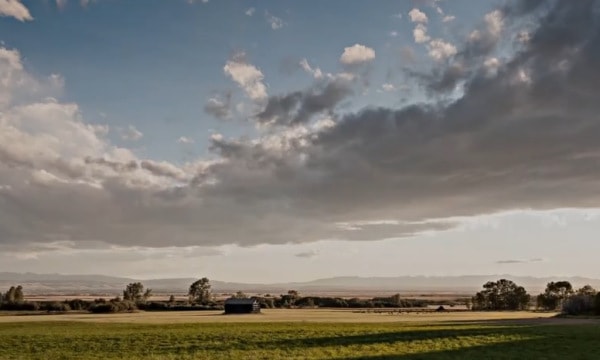It creeps up on you, without you even acknowledging that it is happening, much like the poor frog in the pot of once-cold water slowly coming to a boil. Stuff. And more stuff. Knick-knacks, treasures from long ago trips, clothes unworn for years, shoes that no longer fit, and outdated furnishing that give your home a time capsule quality.
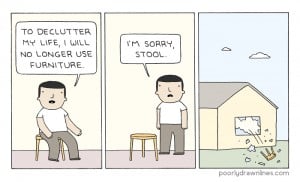
We all become accustomed to our environment, no longer seeing our space with the fresh eyes of a visitor. As a high-end real estate agent, I spend a good deal of time in other people’s homes. Walking into another’s home, I immediately sense the style and layout of the home. Far too often, though, what strikes me the most is the clutter. The architecture and setting are completely overshadowed and bogged down by overflowing bookcases, far too many family photos, kitchen counters with appliances and utensils taking up most of the space, and closets groaning from being packed so tight. Even too many houseplants can be disconcerting. Garages are often less about parking a car or having a workshop that accumulating heaps of things that should have been discarded years ago. My partner, Mike Schlauch, and I find ourselves consistently advising clients listing their homes that they need to de-clutter. This news tends to elicit groans and protests, but later, when the mission is accomplished, our clients are happy. “Wish we’d done this years ago,” is a common response.
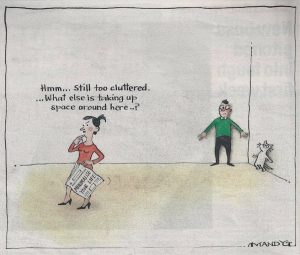 Spring cleaning is a well-known concept, but decluttering goes far beyond organizing your medicine cabinet. Whether you are considering selling your home, are worried about leaving your heirs with a mess should something unexpected happen to you, or you just want to lighten your load, there are steps you can take right now. It is both freeing and rejuvenating. Once you begin, you will be amazed at how much better you feel and how much better your house looks.
Spring cleaning is a well-known concept, but decluttering goes far beyond organizing your medicine cabinet. Whether you are considering selling your home, are worried about leaving your heirs with a mess should something unexpected happen to you, or you just want to lighten your load, there are steps you can take right now. It is both freeing and rejuvenating. Once you begin, you will be amazed at how much better you feel and how much better your house looks.
Start by getting rid of the obvious. These are items destined for the garbage can or Goodwill. Clean out closets of bedding, towels, clothing, handbags, accessories, and shoes no longer utilized. Empty out your pantry (who wants to be served dried pasta that has been on a shelf for 3 years), get rid of clunky luggage, toss outdated sports gear, and definitely address your grown children’s rooms and the items they left behind when they went off to college years ago. The first steps are the hardest. You will probably find yourself holding a dress on a hanger while you do mental battle: “Oh, I’ll wear it again, surely I will.” My rule of thumb is that if you have not used something in a year, you probably won’t. Decide on your own parameters and stick to them unless the sentimental value runs so deep that you can’t possibly part with something.
The best technique I know for cleaning out closets, pantries, and storage areas is to empty the whole thing out. Sort items as you go into piles, starting with the trash pile. Take a hard, unemotional, look at what you are facing and tell yourself to pick out a half or 2/3rds of what’s there and dispose of the rest. What about your makeup drawer? Do you really use 14 lipsticks? Or you catch-all drawers and tool areas? Who needs 4 hammers and 5 shovels? What about 2 dozen baseball hats?
 Once the pure “junk” is disposed of, and you’ve determined what you think you want to keep, define and record things of value. Today’s technology makes the process easy. Snap photos of everything over a set dollar amount so you can create files for different objects such as jewelry, art, furniture, electronics, sports equipment, china, and silver. It is important to attempt to be consistent in how you value items that have no receipts. Giving conservative numbers tends to work best, especially for estate purposes. It is important to document valuables and not just assume your kids will know that a set of China was your great grandmother’s or that earrings they think are old fashioned are actually precious stones and quite valuable. Either create a digital file where you can make notes or, if you need hard copies like I do, take your phone to a Kinkos and have the photos downloaded and printed for you. As best you can, make notations such as how and when you came to possess something (this is where to tell a story if one exists), what you paid for them, their dimensions (really good if you are going to move and have things in storage), and if you want them earmarked to pass on to a certain person. During this process figure out if you want to keep something or maybe it is time to sell it. Note the things you truly love and mark the ones you would part with for the right price, or give to the right person. Once you know what you aren’t keeping, you can let your family and friends decide if they want it, either bestowed as a gift or sold to them. The stuff in between becomes the challenging part. However, once you begin getting rid of things it becomes far easier. Almost a game.
Once the pure “junk” is disposed of, and you’ve determined what you think you want to keep, define and record things of value. Today’s technology makes the process easy. Snap photos of everything over a set dollar amount so you can create files for different objects such as jewelry, art, furniture, electronics, sports equipment, china, and silver. It is important to attempt to be consistent in how you value items that have no receipts. Giving conservative numbers tends to work best, especially for estate purposes. It is important to document valuables and not just assume your kids will know that a set of China was your great grandmother’s or that earrings they think are old fashioned are actually precious stones and quite valuable. Either create a digital file where you can make notes or, if you need hard copies like I do, take your phone to a Kinkos and have the photos downloaded and printed for you. As best you can, make notations such as how and when you came to possess something (this is where to tell a story if one exists), what you paid for them, their dimensions (really good if you are going to move and have things in storage), and if you want them earmarked to pass on to a certain person. During this process figure out if you want to keep something or maybe it is time to sell it. Note the things you truly love and mark the ones you would part with for the right price, or give to the right person. Once you know what you aren’t keeping, you can let your family and friends decide if they want it, either bestowed as a gift or sold to them. The stuff in between becomes the challenging part. However, once you begin getting rid of things it becomes far easier. Almost a game.
How do you dispose of things? It depends on numerous factors: Do you just want it gone or do you want to extract the highest possible amount? Do your kids want it? What is it worth in today’s market? Is it an object in demand today? Furniture, even some antiques, tends to de-value significantly when resold. However, if you factor in the original price and the years of use, it is not so painful. You may have paid $4,000 for your special sofa and now it is worth $500, but you used it for 15 years. There are re-sell furniture companies that will give you money on the spot to buy things and haul them off. There’s also Craig’s List, which is good for bulky or hard-to-ship items. On-line sites like E-Bay are good for a number of items but you’ll need a Pay Pal account and the ability to ship. Every city has stores that work on consignment. You will need to negotiate a split and how long they will market it for you. Special objects require research to find the best avenue. Auction houses, museums, and serious collectors are going to require verification that you own the item, along with any history and documentation you can provide to guarantee it is real.
The good news is that once you have defined, divested, and de-cluttered your home you have solid knowledge of what you own, what it is worth, and what you hope happens should you die. When you decide to move, you have the documented information on your belongings, including their size, so even if they are stored, you know what they are. You also have a peace of mind and sense of relief. You become far more thoughtful before buying more stuff. And your stuff is no longer just accumulated stuff, but your desired belongings.


